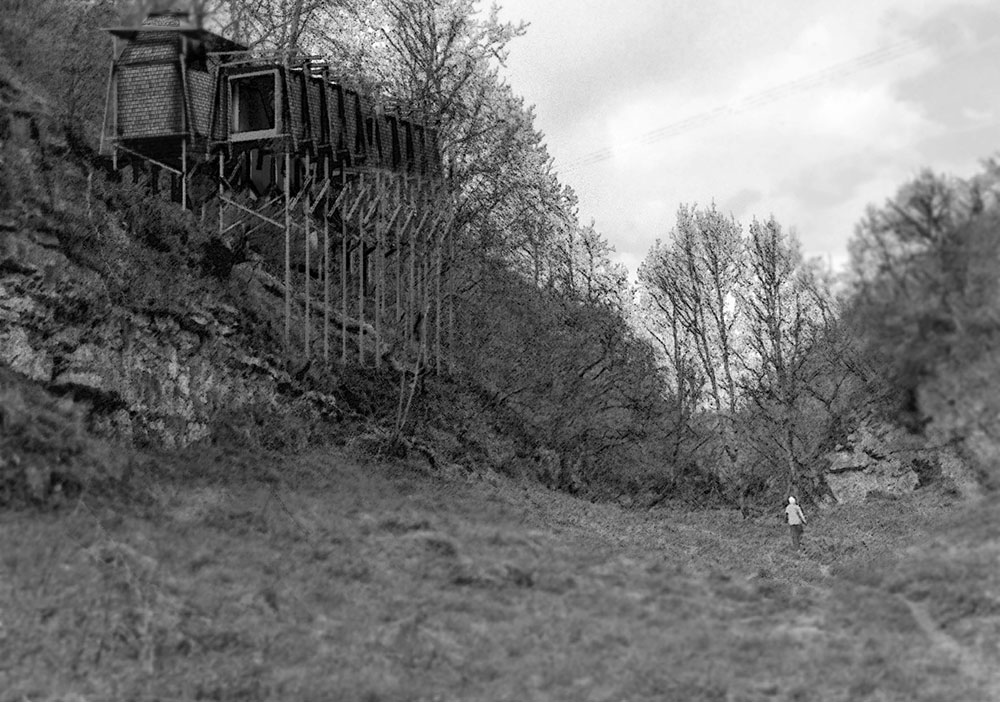MAKING employs making as its primary mode of design and research enquiry within architectural design and this connects all projects in the atelier. We interrogate the role of making in all its forms and applications in contemporary architecture, blurring the distinction between analogue and digital, leveraging the opportunities offered by hybrid, blended and augmented modes of designing, building, modelling and constructing. Experimentation is paramount, through observing, thinking, dreaming, drawing, sketching and crafting, in virtual and ‘real’ space.
All projects creatively explore novel processes through which ideas and concepts are developed, distilled and translated into architectural design propositions, negotiating the intersections of aesthetics, purpose and performance to create spatial and environmental qualities and experiences. Within this, all modes of making are seen as an ongoing and continual process integral to design development and exploration, not solely for communication or representation.
Individually, projects incorporate analogue, digital and hybrid methods of modelling, model-making, constructing, prototyping and iterative testing to suit the individual research interests, expertise and curiosities of atelier tutors and students. Open-ended exploration and creative experimentation are central to a creative approach in uncovering possibilities and design opportunities in sites and briefs. All projects make spatial/ architectural propositions that are the focus of experimentation and testing.


